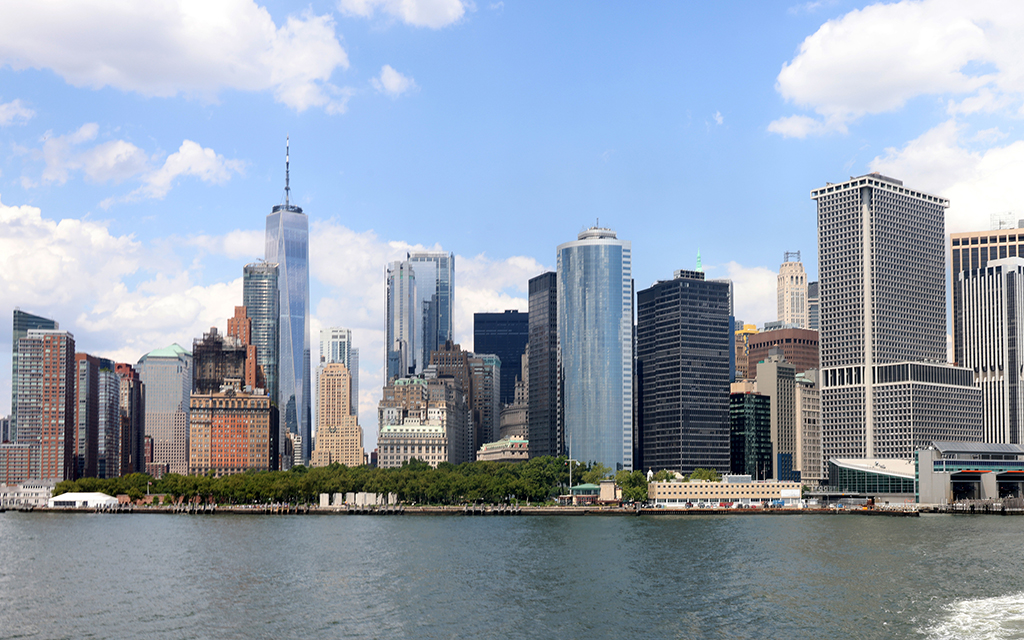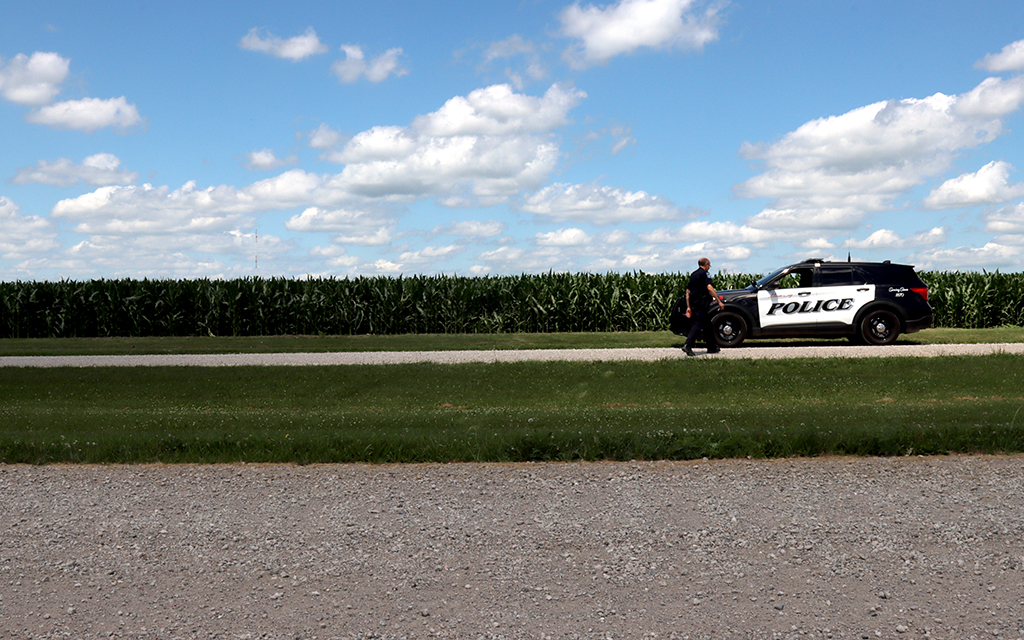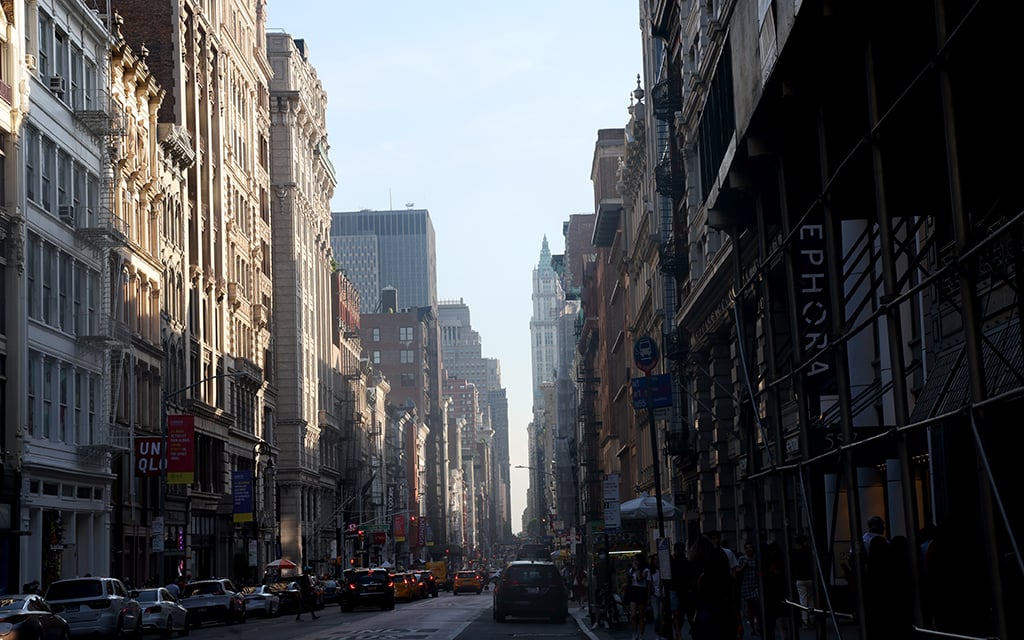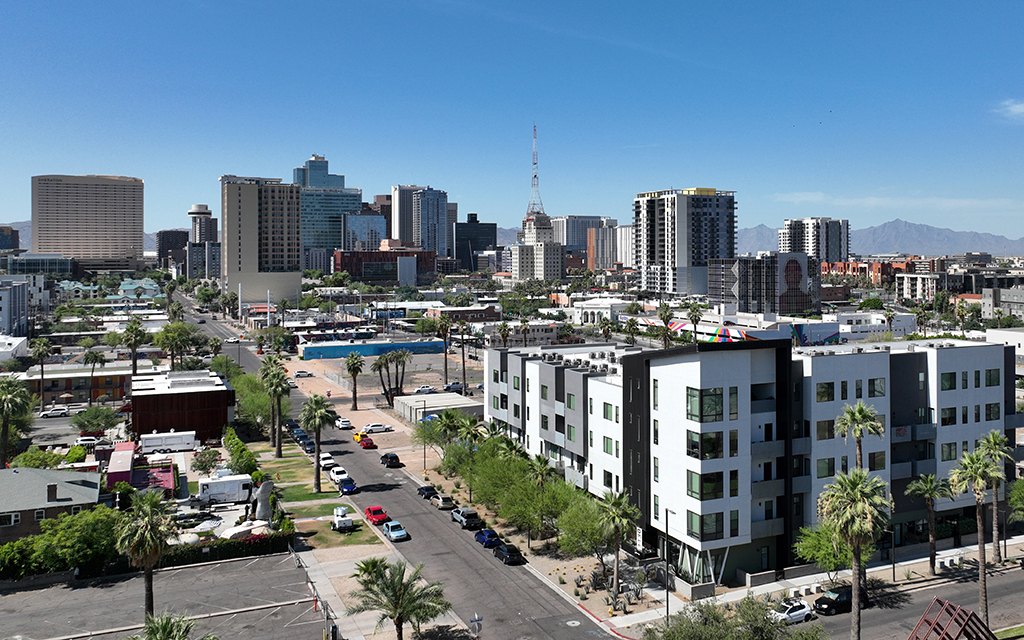Phoenix
City v. State
Why it was established: The Office of Accountability and Transparency was first approved in February 2020 after years of scandal and accusations levied against Phoenix police – but a series of budgetary disputes, administrative delays and the city’s lawsuit against the state stalled its opening.
Board type: Monitoring investigations into police incidents.
Moves and counter moves: After the City Council voted to create a civilian-dominated review board, Arizona’s Republican-led Legislature countered by passing laws to restrict the board’s power and number of civilian members in relation to sworn law enforcement.
The controversy: Roger Smith, director of the Office of Accountability and Transparency, said its initial structure in which civilians dominated the membership set the office apart.
“The continuing injury to the community that comes after the incident is an investigation that people don’t think is being done properly,” said Smith, who previously oversaw the review board in Cleveland. “It’s the investigations where the unreliable information comes from.”
But the powers of the board were changed before it got up and running. A 2021 Arizona law would require an oversight board, if it wants to independently investigate alleged police misconduct, to have law enforcement officials comprise a large portion of the board. Phoenix is suing the state, saying it’s a blatant move to stop the city’s board from operating with civilian oversight.
Joe Clure is head of the Arizona Police Association, a coalition that supports pro-police legislation and policy. Clure said the board’s proposed makeup is on par with oversight boards for other professional organizations – and he sees no reason for police to be an exception.
“If you look at any other professional occupation that has a certification board – whether it’s doctors, lawyers, teachers, cosmetology, you name it – every single one of them is made up of roughly three quarters practitioners, a quarter community members,” Clure said. “That just makes sense.”
Bennington, Vermont
The Neighbors
Why it was established: Police “practices have sown deep mistrust” between residents of this suburb and the police force of 40, according to a 2022 report by the International Association of Chiefs of Police that led Bennington to launch the Community Policing Advisory Review Board in March. Community activists had called for a review board for years, accusing the department of biased incidents, such as an arrest based on racial profiling, alleged police harassment of an interracial couple and a Black elected official left unprotected from a Nazi sympathizer.
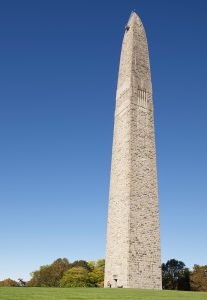
The Bennington Battle Monument, completed in 1889 in Bennington, Vermont. (Photo courtesy of Library of Congress)
Board type: Advisory. It reviews broad policy changes to improve the department, such as training and use of force. About 14% of review boards in the top 100 U.S. cities are advisory.
Small community, big issues: Bennington, home to just over 15,000 mostly white residents, is known for its lush forests and rich history – it was the first European settlement in the state, and the Bennington Battle Monument commemorates its crucial role in the Revolutionary War. Review board members are likely to know the people they might investigate.
Bennington’s police force of 40 is similar to most American law enforcement agencies, which employ fewer than 50 sworn officers. Most review boards are established in large cities.
What sets Bennington’s apart: Small town politics breeds unique issues for police accountability and civilian oversight.
“You have one degree of separation from anybody,” said Mia Schutlz, president of the Rutledge Area NAACP. “Word gets around, you know, and there’s retaliation. We saw that happen when somebody turned in a complaint (against police) and they got doxxed and run out of town.”
Jeannie Jenkins, a member of the Bennington Selectboard who also chairs the six-member review board, said this kind of proximity can “cut both ways.”
“The opportunity for conflict of interest is increased in small communities,” she said. “But we also don’t have some of the barriers that might exist in a larger community, where you’re seeing the police chief as this powerful figure – as opposed to Paul (Doucette), you know, the guy that you also see downtown at the street festival.”
In addition, she said, Bennginton police have been “very willing” to implement the Selectboard’s reforms after the IACP report.
Some activists, including Schutlz in conjunction with the Vermont ACLU, have denounced the town’s efforts as subpar because of the board’s lack of authority and diversity – only one member is considered a person of color and none are openly disabled or LGBTQ+. About 95% of the town is white, according to census data.
Jenkins and the Selectboard also are working with their state legislator to change Vermont laws to allow the board more powers, such as investigating allegations, securing subpoena power and enacting discipline.
This report is part of “In Pursuit,” an investigation into police reform and accountability in America, produced by the Carnegie-Knight News21 program. For more stories, visit inpursuit.news21.com.
